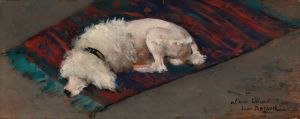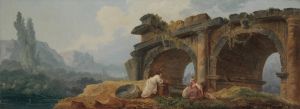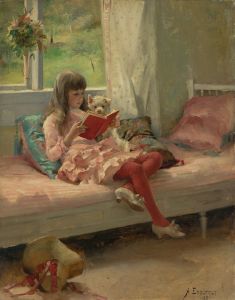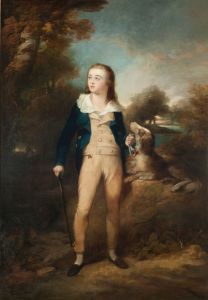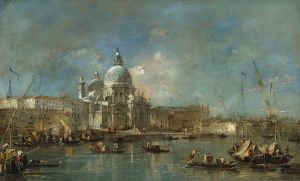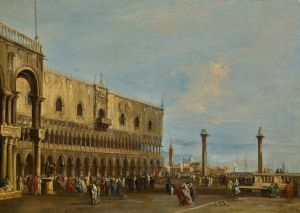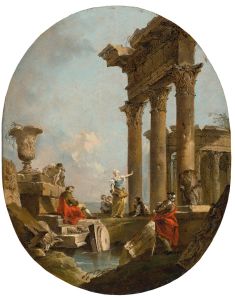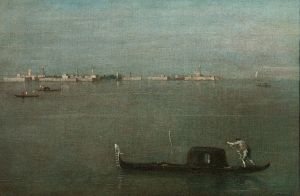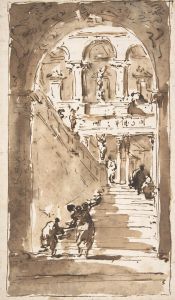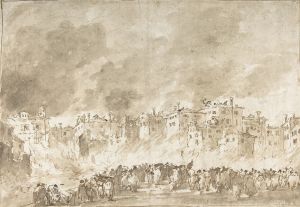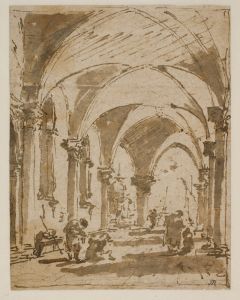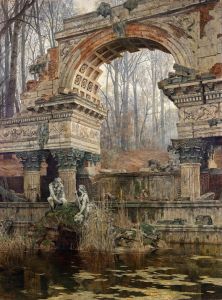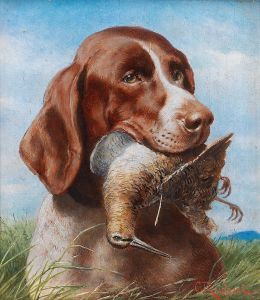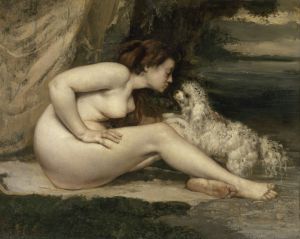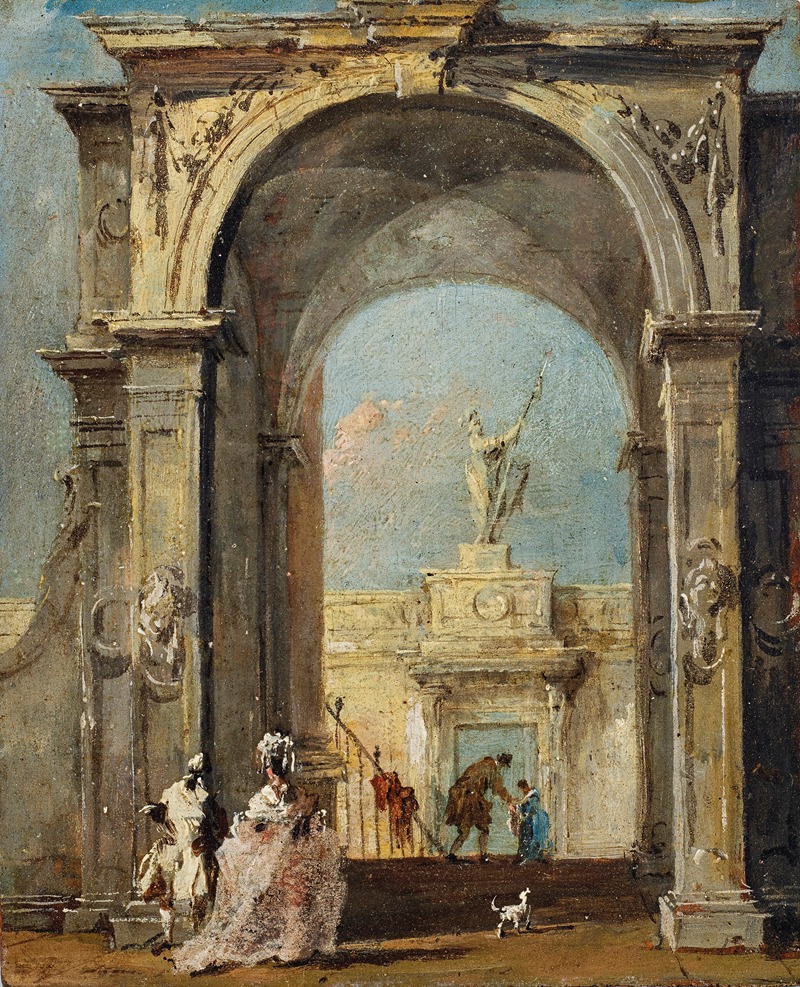
An architectural capriccio with elegantly dressed figures and a dog at the entrance to a palace
A hand-painted replica of Francesco Guardi’s masterpiece An architectural capriccio with elegantly dressed figures and a dog at the entrance to a palace, meticulously crafted by professional artists to capture the true essence of the original. Each piece is created with museum-quality canvas and rare mineral pigments, carefully painted by experienced artists with delicate brushstrokes and rich, layered colors to perfectly recreate the texture of the original artwork. Unlike machine-printed reproductions, this hand-painted version brings the painting to life, infused with the artist’s emotions and skill in every stroke. Whether for personal collection or home decoration, it instantly elevates the artistic atmosphere of any space.
Francesco Guardi (1712–1793) was an Italian painter of the Venetian School, known for his vedute (view paintings) and capricci (architectural fantasies). "An Architectural Capriccio with Elegantly Dressed Figures and a Dog at the Entrance to a Palace" is one of Guardi's works that exemplifies his skill in creating imaginative architectural compositions combined with lively figural elements.
This painting, like many of Guardi's capricci, does not depict a specific real-world location but instead presents an invented architectural scene. The composition features a grand palace entrance, framed by classical architectural elements such as columns, arches, and ornate detailing. The setting is populated by elegantly dressed figures, typical of the 18th-century Venetian aristocracy, who add a sense of life and movement to the scene. A small dog is also included, a recurring motif in Guardi's works that often serves to enhance the charm and realism of his paintings.
Guardi's capricci are characterized by their loose, atmospheric brushwork and a focus on light and shadow, which create a sense of depth and mood. This particular painting reflects his mature style, where he moved away from the more precise and detailed approach of earlier Venetian painters like Canaletto and developed a more fluid and expressive technique. The work captures the elegance and grandeur of Venetian architecture while also showcasing Guardi's ability to evoke a dreamlike, almost theatrical atmosphere.
The painting is an example of the 18th-century fascination with capricci, which allowed artists to blend imagination with architectural elements to create scenes that were both fantastical and rooted in classical traditions. Guardi's works in this genre were highly appreciated during his lifetime and continue to be celebrated for their artistic innovation and historical significance.
As with many of Guardi's paintings, the exact date of creation for this work is not definitively documented. However, it is generally attributed to the later period of his career, when he focused more on capricci and vedute rather than commissioned portraits or religious works. The painting is held in a private collection or museum, though its current location may vary depending on exhibitions or ownership.
This artwork represents a significant contribution to the tradition of Venetian painting and highlights Guardi's role in shaping the genre of architectural capricci. It remains a testament to his artistic vision and his ability to capture the spirit of 18th-century Venice through his imaginative compositions.





